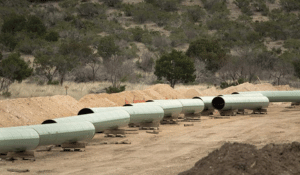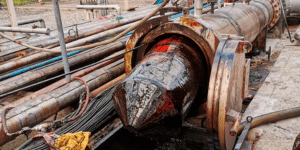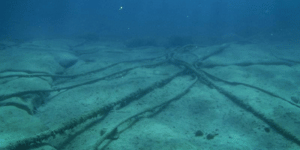
The Scope of Work
A major operator asked us to develop a decommissioning strategy for the out of service pipelines of an onshore network.
The pipeline network was in an especially environmentally sensitive area of the UK, featuring sites of special scientific interest, special protection areas, and national nature reserves. Due to the sensitive location and the age of the asset, a highly tailored decommissioning strategy was required to minimise risk to the environment.
The Solution
We produced a decommissioning strategy in accordance with the requirements of the Pipelines Safety Regulations 1996. The initial stage was to collate the available information to produce a complete material inventory. We then proceeded to review the requirements of key stakeholders including Natural England, English Heritage, Countryside Agency, Forestry Commission, RSPB, and landowners across the sites.
A hazard identification assessment was conducted to identify the various threats that could arise and appropriate mitigations. The decommissioning options of leaving in-situ or complete removal were considered along with more specific activities such as grout-filling, sectionalising by cutting and plugging exposed ends.
A comparative assessment was completed considering the safety and environmental issues, technical challenges and the economic cost of the various options. Key considerations included the future integrity if left in-situ, the potential to act as a channel between different environment-types such as freshwater and saltwater, and the possible effects on the irrigation systems in place.
Finally, the condition of each pipeline was assessed, the preferred pipeline cleaning options identified, and a schedule for the decommissioning activities was produced.
The Benefits
We successfully identified the optimal decommissioning methodology for each of the pipelines to minimise the disturbance to the environment and the risk to people, and using technically feasible methods.
It was demonstrated that the preferred decommissioning methodology for most of the pipelines would be to leave in-situ given the impact



